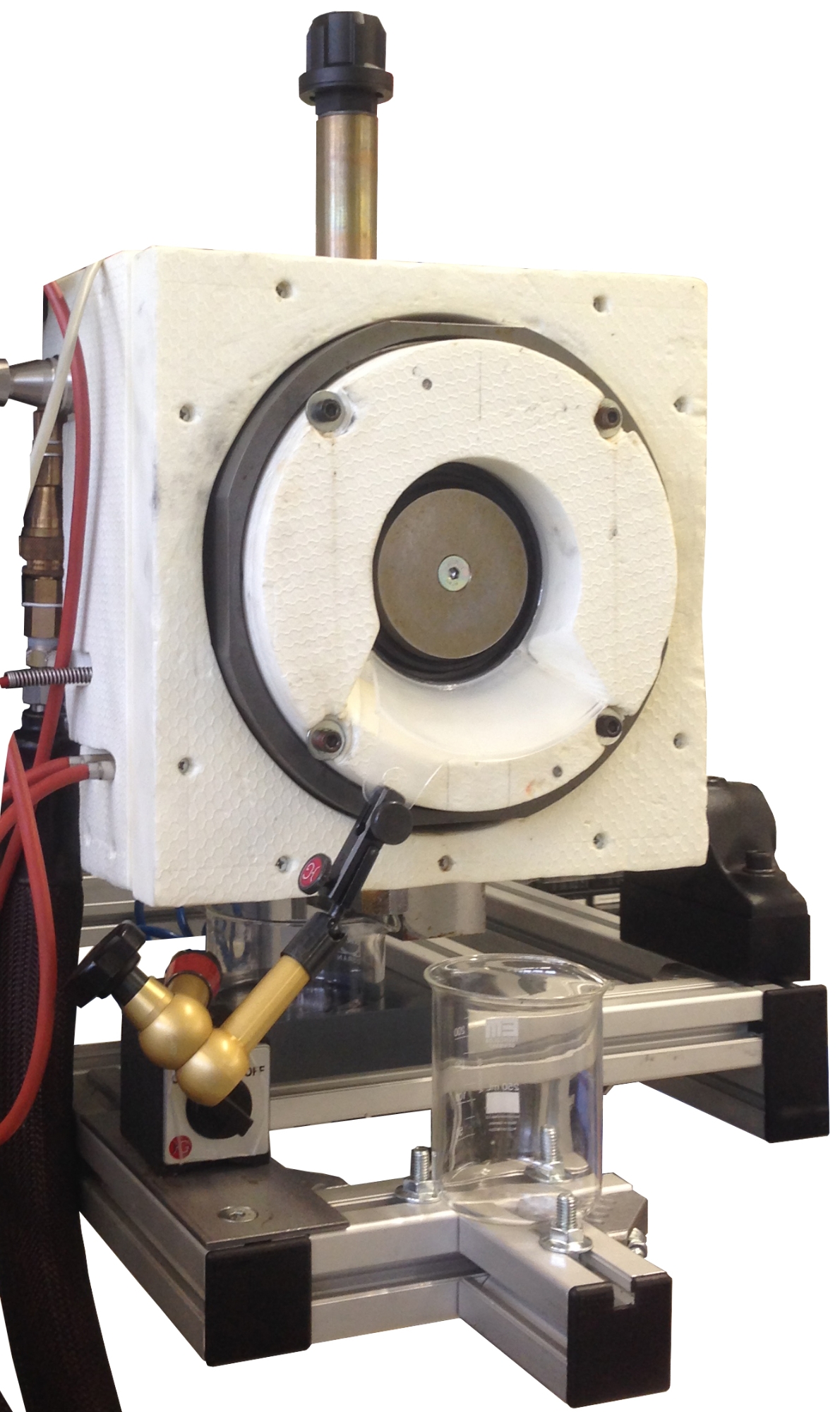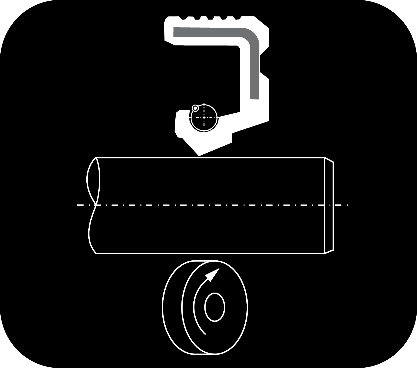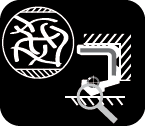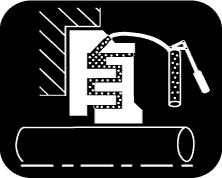Current projects
- SmartSeal
Intelligent shaft seals through 3D-MID sensor integration - Reference Rotary Shaft Seal
Development of a FVA reference rotary shaft seal - Back-Structured Shaft Seals (B3S)
Development and optimization of novel sleeve seals with back structuring
Completed projects
- Load Collectives Rotary Shaft Seals
Generation of load collectives for testing rotary shaft seals - Temperature Calculation
Extended calculation tool for the contact temperature of rotary shaft seals - Formation of Macro Lead
Simulative approach to the formation of macro lead - Pneumatic Friction
Simulation of Transient Seal Friction in Pneumatic Components - Biogenic Hydraulic Seals
Time-Accelerated Testing of Hydraulic Rod Seals Made from Regenerative Thermoplastic Polyurethane - 3D-Macro Lead
Structured-based 3D-Analysis of Macro Lead - Contact Temperature Calculation
Extended Calculation Tool for the Contact Temperature of Rotary Shaft Seals - Pneumatic Grease
Development of testing devices and investigation of high-performance lubricants for the optimization of pneumatic applications - Wetting Mechanisms and Rod Seals
Influence of wetting mechanisms on the tribological behavior of reciprocating rod seals - EHD-Simulation
Elastohydrodynamics simulation in sealing technology - Wear of the Counter Face in Radial Lip Seal Systems
Influence of the lubricants wetting properties on the wear of the counter face in radial lip sealing systems - Avoidance of Starved Lubrication
Avoidance of starved lubrication in grease-sealing rotary shaft seals - Alternative Shaft Surfaces
Influence of surface structures on the function of a radial shaft seal
Project archive
Nino Dakov, IMA

Lothar Hörl, IMA

Frank Bauer, IMA

Simon Feldmeth, IMA

Jan Gölz, IMA

Axel Eipper, IMA

Cornelius Fehrenbacher, IMA

Peter Schuler, IMA

Florian Bosch, IMA

Sumbat Bekgulyan, IMA
 Computational Estimation of the Sealing Quality of Rotary Shaft Seals considering System Parameter Influences II
Computational Estimation of the Sealing Quality of Rotary Shaft Seals considering System Parameter Influences II
Matthias Baumann, IMA

Mario Stoll, IMA

Jan Totz, IMA
 Important empirical values are available for the production process of grinding in the groove of hardened shafts due to many years of application. These empirical values cannot be transferred 1:1 to the manufacturing process for soft-ground mating surfaces. In the case of soft-ground mating surfaces, defects frequently occur which can lead to unforeseeable sealing problems and even to complete failure of the seal.
Important empirical values are available for the production process of grinding in the groove of hardened shafts due to many years of application. These empirical values cannot be transferred 1:1 to the manufacturing process for soft-ground mating surfaces. In the case of soft-ground mating surfaces, defects frequently occur which can lead to unforeseeable sealing problems and even to complete failure of the seal.
André Daubner, IMA

Christian Simader, IMA

Max Sommer, IMA
 Reliable, contact sealing of lubricating greases still poses major problems. However, leakage-free sealing as well as reliable shielding from external contamination are required to achieve high product qualities. The performance limits of grease sealing systems are known from research work carried out at the research center on the sealing of greases. Furthermore, comprehensive knowledge about the influence of the sealing environment and the system components on the operating behavior of these systems is available from this work. However, the lack of knowledge about the mechanisms relevant in sealing greases in the sealing gap prevents the design of low-loss and operationally reliable grease-sealing systems.
Reliable, contact sealing of lubricating greases still poses major problems. However, leakage-free sealing as well as reliable shielding from external contamination are required to achieve high product qualities. The performance limits of grease sealing systems are known from research work carried out at the research center on the sealing of greases. Furthermore, comprehensive knowledge about the influence of the sealing environment and the system components on the operating behavior of these systems is available from this work. However, the lack of knowledge about the mechanisms relevant in sealing greases in the sealing gap prevents the design of low-loss and operationally reliable grease-sealing systems.
Matthias Baumann, IMA

Marco Remppis, IMA

N.N.

N.N.

N.N.

Steffen Buhl, IMA

N.N.

N.N.

N.N.

Stefan Schmuker, IMA

Ulrich Nissler, IMA

Dirk Weber, IMA

Stefan Reinhardt, IMA

Gerald Pflüger, IMA

Different variants are available for sealing.
Markus Henzler, IMA

Wolfgang Dürnegger, IMA

Johannes Kümmel, IMA

Alexander Buck, IMA

Gert Baitinger, IMA

The possibilities for measuring and evaluating swirl, especially micro-twist, are still completely inadequate. Therefore, the aim was to develop an evaluation method for the quantitative evaluation of microtwist on seal mating surfaces.
Steffen Jung, IMA

Different manufacturing methods also produce different roughnesses and topographies, i.e. three-dimensional elevations and valleys.
Michael Narten, IMA

Max Sommer, IMA

oils. This leads to a considerable limitation of the performance limits.
Promising potential with regard to performance limits or friction reduction is not exploited as a result. The reason for this is a lack of knowledge about the influence of the system components on the operating behavior.
In the project, the influence of the system components of the radial shaft seal system on its operating behavior was systematically investigated.
Mathias Klaiber, IMA

There have been an increasing number of failures of sealing systems in which a highly additivated synthetic fluid is used. It has not yet been possible to say which additives dissolved in synthetic base oils are incompatible with rotary shaft seals made of different materials in dynamic operation.
Stefan Schmuker, IMA

Jan Gölz, IMA / Witalij Goujavin, IMA

Contact Head of Sealing Technology

Frank Bauer
apl. Prof. Dr.-Ing.Head of Department

